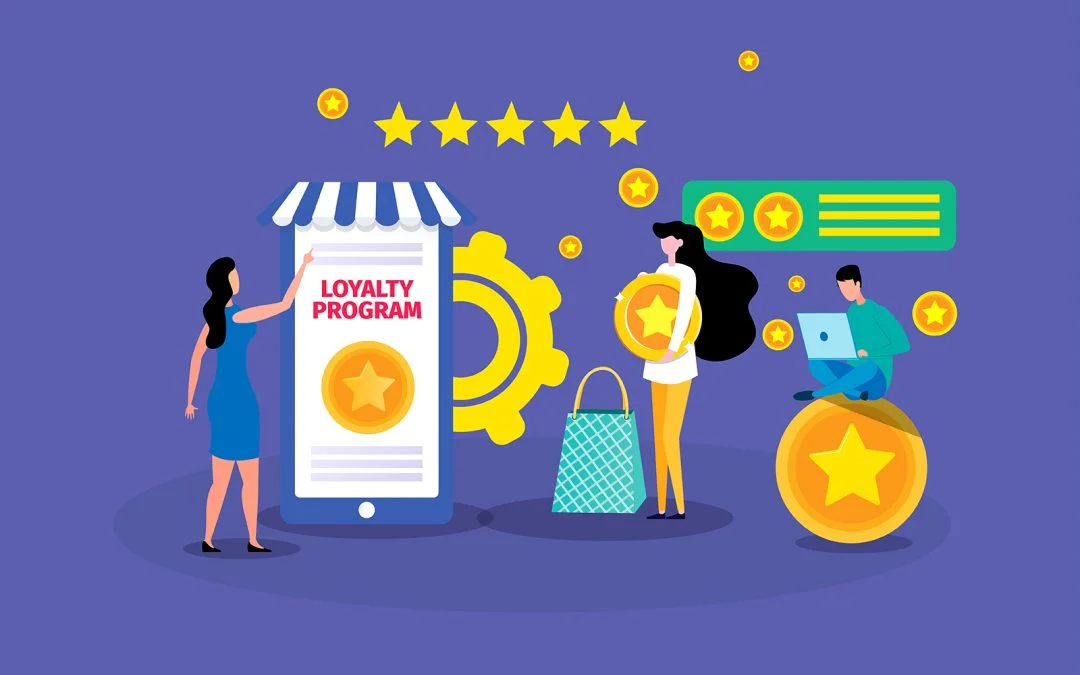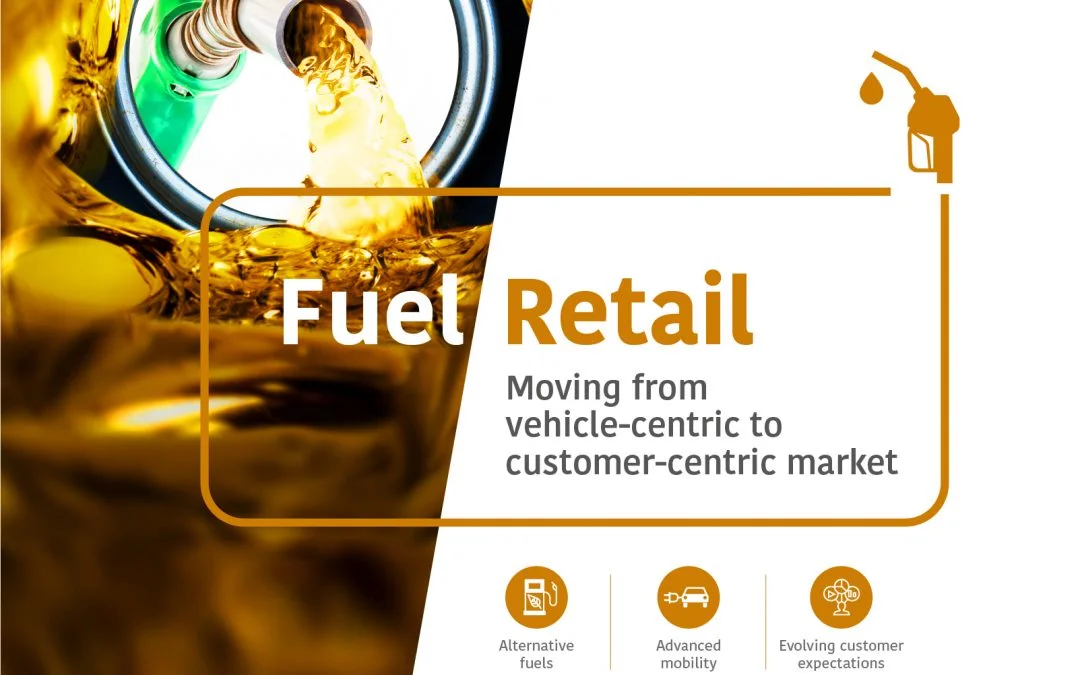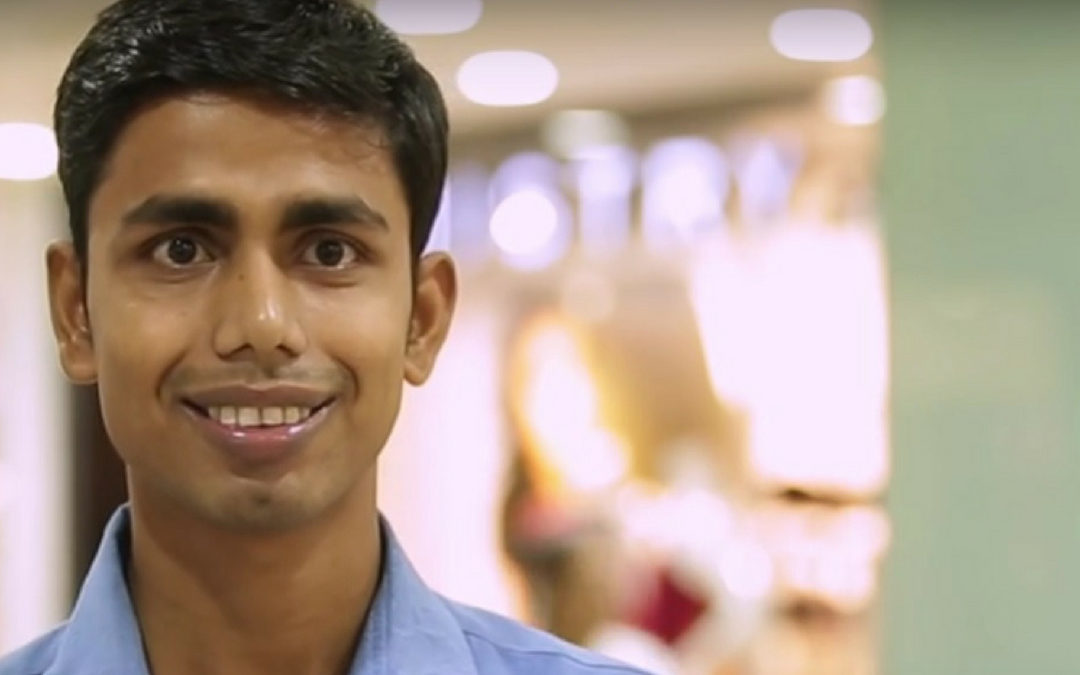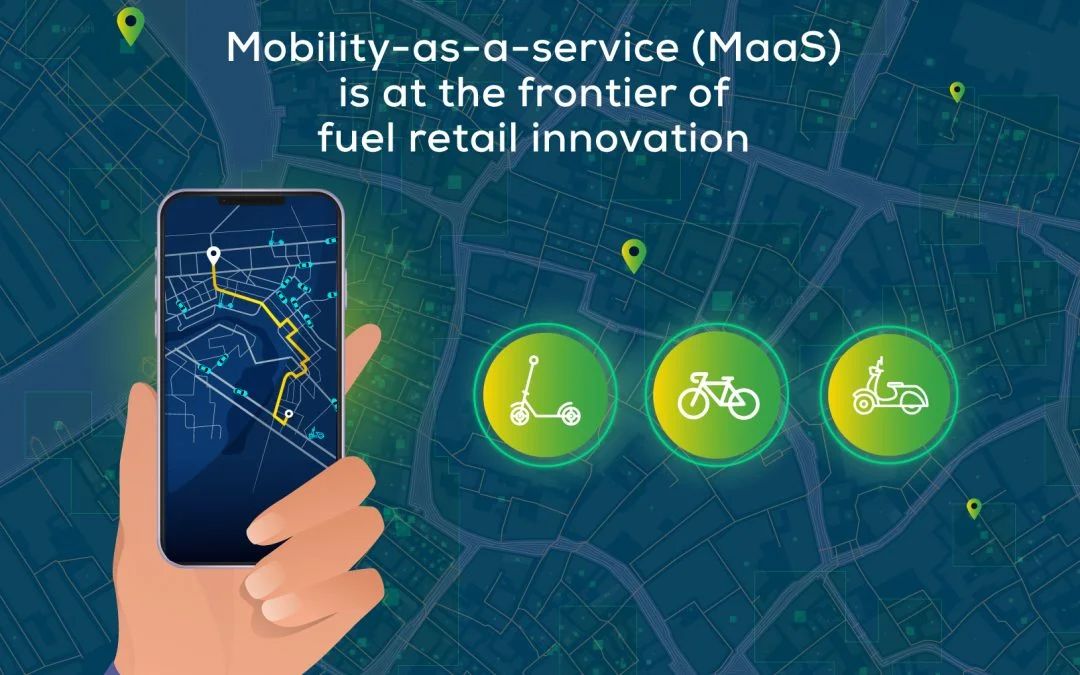- Design industry shaping loyalty programs
- Integrate easily and go live quicker
- Deliver hyper-personalized consumer experiences
Blue Rewards from Al Futtaim Group Shares Loyalty Success Stories and Evolution. Watch Podcast >
Capillary Triumphs with 4 Prestigious Wins at the 2025 International Loyalty Awards! Read more >

With smartphones accounting for 84% of the 2019 holiday season shopping, mobile loyalty programs present a clear and present opportunity for American retailers to increase sales, conversions, and overall customer experience.
Unfortunately, except for a handful of brands like Sephora, Nike & Walgreens that have employed sophisticated data gathering and analytics to personalize offers to customers’ tastes while providing experiential perks, the vast majority of US retailers have struggled to unleash the full potential of their mobile loyalty program.
This has resulted in a large number of mobile loyalty offerings that are generic, and deliver disjointed and ill-conceived approaches to loyalty
This article analyzes how retailers can leverage dynamic in-app loyalty programs to introduce a more responsive and meaningful approach to rewards, personalization, and customer engagement and thus creating an effective mobile loyalty program.
Loyalty is not merely about earning and burning points anymore.
In the world of loyalty marketing, smartphones double up as payment enablers, face recognition devices, coupon redeemers, loyalty dashboards, location identifiers, and more. These digitally powered, advanced brand-to-consumer interactions were unthinkable in card-only loyalty set-ups.
Mobile devices have drastically broadened the scope for brands and consumers to connect and engage in creative ways. They have enhanced the user experience and made loyalty benefits more real-time, personalized, and experiential. They have also made it easy for brands to measure, track, and deliver the impact of loyalty programs.
Below are some of the key trends we see in the mobile-first loyalty strategy.
Smartphones have redefined personalization by expanding its scope and impact. Offers and rewards can be shared with customers based not merely on age, sex, past purchase data but also live location, social media interactions, and in-app activity. Having a mobile-first loyalty strategy leads the way for integrated, cross-channel data collection about every customer. This data further help retailers to craft hyperpersonalized loyalty offers in an omnichannel environment.
Example: Starbucks uses its mobile app to seamlessly blend the physical and digital worlds and offer unique experiences to every individual. Among other things, it thoughtfully notes a customer’s live location to display the music playing in the store they visit. During the 2020 holiday season, the coffee chain giant gave away free air fresheners in a surprise deal for drive-thru customers. The air fresheners come with a QR code generated by a QR code generator that allows customers to access a custom Starbucks holiday playlist.
The smartphone experience is very intimate and wholly controlled by the user. These factors make it an extremely suitable platform to gamify loyalty. Many brands are tapping this potential. The idea is to use gaming psychology to get their customers hooked to your loyalty programs and make them ‘play’ to win rewards.
Example: Nike’s NikePlus offers an omnichannel loyalty program where mobile plays a vital role. Members get rewards for working out. The more active they are, the more points they earn.
Similarly, Uber uses visual progress bars, much like gaming interfaces, to motivate their frequent riders toward securing their next reward.
Since we carry mobile devices wherever we go and are always ‘in touch’ with them, they become a valuable part of delivering experiential rewards – special services, benefits, or member-only privileges. Through smartphones, brands can offer personal shopping assistance via messaging apps, let customers quickly check-in at exclusive events, or unlock in-venue benefits through OTPs.
Kohl’s Yes2You Rewards program is intrinsically linked to a mobile-first loyalty strategy. This program helps Kohl’s engage in a ‘two-way dialogue’ with their customers, send push notifications, and offer unique experiences, such as a VIP trip to the American Music Awards or an opportunity to star in a Kohl’s photoshoot.
Social media engagement has steadily been increasing, with people accessing their network of friends and family on-the-go from their mobile devices. As of October 2020, 79.9% of active Facebook users accessed the social network ‘Only via a mobile phone.’ Combining mobile loyalty programs with social media behavior is thus a recipe for a winning customer retention strategy.
SheFit regularly runs reward campaigns through their Facebook page. Recently, for the holiday season, they invited their community members to enter a contest for a chance to win a $100 SHEFIT Gift Card. Their post got 100’s of comments and dozens of shares within a couple of days. Instant engagement at such a scale is only viable through mobile.
In local stores, even today, the retailer recognizes you by the face and offers benefits like purchase on credit or home delivery. For large brands with a global presence, how do you replicate these experiences? Smartphones are perfect to offer these privileges through facial recognition technology and touchless payment integrations. These can provide everyday conveniences to loyal customers like lesser wait times for checkout, skipping the queues, and priority services.
CaliBurger experimented and launched kiosks powered with facial recognition technology a couple of years back. These kiosks recognize customers as they walk towards it and automatically offer loyalty rewards via their smartphones. It also lets them choose items and pay without pulling out their wallets!
Designing mobile loyalty experience requires a one-to-one loyalty platform accessible via smartphone, such as a loyalty app. It also requires that the user interface is simple to follow and guides the users towards one thing that matters the most to them – rewards and positive experiences. Below, we have listed four mantras of building a winning mobile loyalty experience.
Your loyalty program rests on personalization, as we have seen in the previous section. It requires having reliable demographic, psychographic, and behavioral data about your customers. With a mobile loyalty program, you can gradually collect this data using progressive profiling, so it doesn’t irk the customers yet enriches your customer insights and data sets.
NorthFace, an American outdoor recreation product company, collects only the bare minimum customer details when signing up and asks for interests and preferences at a later stage.
If loyalty is a game, and you want customers to play it, lay out the rules. Customers operate in a noisy environment, and they quickly forget complicated things. Hence your mobile loyalty program requires you to deconstruct the ‘what’s’ and the ‘how-to’s’ of your loyalty straightforwardly. Leave nothing to the customer’s imagination.
Sephora explains its loyalty program structure, tiers, and benefits very clearly to its customers. It says that ‘Beauty Insiders’ – their term for loyal members – earn exactly ‘1’ point for every dollar spent at Sephora stores. It also shows the various membership tiers in a tabular format.
According to a 2018 research by CodeBroker, most loyalty program members find it difficult to track and access the benefits. Thus, when designing your loyalty app user interface, it is critical to keep the essential things prominent and easily accessible.
Example: Chick-fil-A One keeps its customers focussed by highlighting the total redeemable points they have and the various ways to earn and redeem them. This no-brainer display makes sure customers can realize the benefits of the program.
According to a Localytics study, users with push notifications enabled for apps have 53% more monthly sessions than those without them. Push notifications have become an easy and quick way to update users and connect with them on-the-go. You can use this aspect of push notifications to enhance engagement through mobile loyalty apps. Greet customers when they arrive at your stores (through live location capture), alert them about expiring offers, send festive discounts or birthday notes, or ask them to share testimonials socially to earn more rewards.
Cineplicity uses push notifications effectively to attract customers to earn and redeem rewards at the right time. As we see in the image, they have shared a code to watch a free movie early in the day, so there is a lot of time for customers to notice the notification and plan their evening leisure activities.
Chances are, you are reading this blog on your mobile phone. Or have your smartphone close by. It may even have buzzed a few seconds ago. All around us, mobile has become the connecting thread for all kinds of people-to-people and brand-to-people interactions. We also see object-to-people interactions driven by mobile devices. Just think of the popularity of the Internet of Things (IoT), Augmented Reality (AR), Virtual Reality (VR), etc. These were novelties a few years ago, and today are the norm.
The future is mobile-first, if not mobile-only!

November 12, 2021 | 4 Min Read
The challenging dynamics created by COVID-19, has destabiliz

March 22, 2017 | 4 Min Read
In a turn to acknowledge the true makers of the retail indus

February 4, 2025 | 4 Min Read
Fuel retail is evolving, with Mobility-as-a-Service (MaaS) r